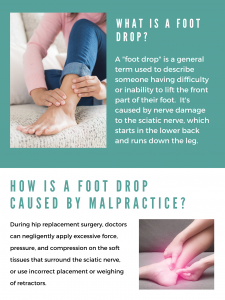The Maryland Court of Special Appeals recently handed down its opinion in Rosebrock v. Eastern Shore Emergency Physicians. The opinion makes defense attorney’s jobs a little easier when it comes to admitting testimony in medical malpractice cases, of what the doctor usually does when the doctor has no recollection of the care provided to the patient. This post addresses this case and whether this ruling is significant to Maryland medical malpractice law. I’ll also talk a little about an off the beaten path issue related to agency and personal representation.
This is a medical malpractice case where a nurse’s aide slipped and fell, while on duty, at Ruxton Nursing Home located in Denton, Maryland. After the fall, she complained of hip, knee, and back pain. EMTs arrived and immobilized the woman, then place her on a backboard. She went to the emergency room at Shore System’s Memorial Hospital in Easton, Maryland. The ER doctor orders an x-ray of the patients’ knees and hips, but there is no record of her examining the patient’s back; even though she complained about her back to the triage nurse. The x-rays come back negative, prompting the doctor to discharge the patient with minor knee and hip contusions.
Later on, the patient is still experiencing significant pain, resulting in another doctor ordering an MRI. The MRI showed a degenerative disk in the patient’s back, which is later revealed to be a burst/fractured vertebrae. Obviously, this is a bit more serious than a minor contusion, and the patient has to get spinal fusion surgery. Unfortunately, the surgery results in an infection, causing the patient to suffer a brain injury and enter a vegetative state.
 Maryland Injury Law Center
Maryland Injury Law Center











